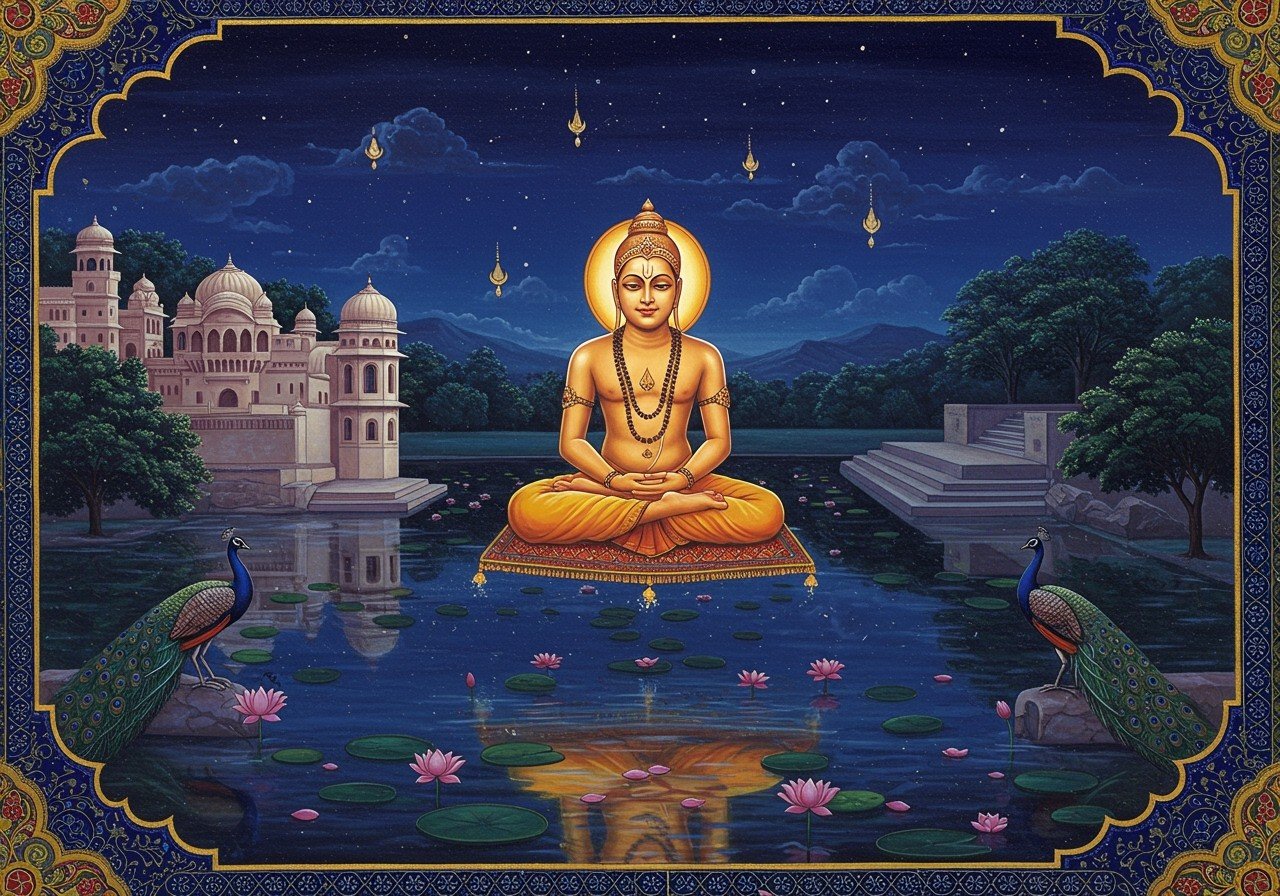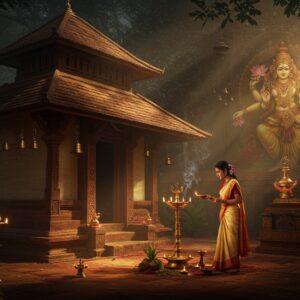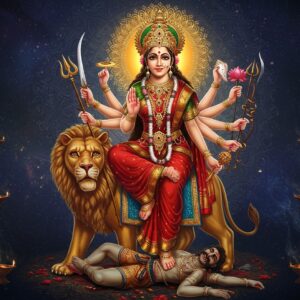
Mahavira, also known as Vardhamana, holds a revered position in Jainism as the 24th and final Tirthankara. His life, teachings, and philosophy have profoundly impacted Indian culture and spirituality. This article delves into his journey, from birth to death, providing insights into his profound influence and enduring legacy.
Historical and Cultural Context
Mahavira lived during the 6th century BCE in ancient India, a period marked by a vibrant socio-political landscape and diverse religious practices. The rise of sramana movements challenged traditional Vedic norms, and Mahavira’s birthplace, Bihar, was a hub of philosophical and religious discourse. These influences shaped his teachings and contributed to the development of Jainism.
Birth and Early Life of Mahavira
Born in 599 BCE in Kundagrama (present-day Bihar), Mahavira’s birth was marked by auspicious dreams experienced by his mother, Queen Trishala, wife of King Siddhartha. Raised in a royal family, he received a comprehensive education, but at the age of 30, following the death of his parents, he chose a path of renunciation.
Renunciation and Spiritual Journey
Mahavira embarked on a 12-year journey of intense asceticism and meditation, seeking Kevala Jnana (omniscience). This period of deep introspection and spiritual practice formed the foundation of his philosophical insights and teachings.
Teachings and Philosophy of Mahavira
Ahimsa (non-violence), Anekantavada (many-sided reality), and Aparigraha (non-attachment) are core principles of Mahavira’s teachings. His Five Great Vows (Mahavratas) remain central to Jain practice. These teachings, compiled in the Jain Agamas, had a profound impact on his followers and Indian society, promoting compassion, tolerance, and a deep respect for all life.
Death and Legacy
Mahavira attained Moksha (liberation) in 527 BCE in Pavapuri, Bihar. His death, coinciding with Diwali, is celebrated as his liberation from the cycle of rebirth. Mahavira’s life and teachings continue to inspire Jain communities worldwide, exemplifying the path to spiritual liberation.
Frequently Asked Questions About Mahavira
When and where was Mahavira born? Mahavira was born in 599 BCE in Kundagrama, near Vaishali in present-day Bihar, India.
What was Mahavira’s family background? He was born into a royal family, his parents being King Siddhartha and Queen Trishala.
When did Mahavira renounce worldly life? He renounced his royal life at the age of 30, after the passing of his parents.
What are Mahavira’s core teachings? His central teachings include Ahimsa (non-violence), Anekantavada (many-sided reality), and Aparigraha (non-attachment).
When and where did Mahavira attain Moksha? Mahavira attained Moksha (liberation) in 527 BCE at Pavapuri in Bihar.
Poojn.in: Supporting Your Spiritual Journey
Poojn.in, India’s leading online store for cultural and spiritual goods, offers a wide selection of products to support your observance of Jain traditions and principles. Explore our collection to enhance your spiritual practices.
- Small Beads Bel Mala: Perfect for meditation and chanting, these malas are crafted with high-quality beads.
- Tulsi Mala with Radha Locket: A beautiful and symbolic mala for daily wear and spiritual practice. Crafted with genuine Tulsi wood.
- Mangalam Camphor: Use this pure camphor for aarti and purification rituals, creating a sacred atmosphere.
- Vedas – Ancient Wisdom for Modern Life: This insightful blog post delves into the practical applications of Vedic teachings in contemporary life.
- Yoga & Ayurveda – A Holistic Wellbeing Approach: Explore the synergy between yoga and Ayurveda for a holistic approach to wellness.
Visit www.poojn.in today to discover a wide range of spiritual products and enhance your connection with Jain traditions.


